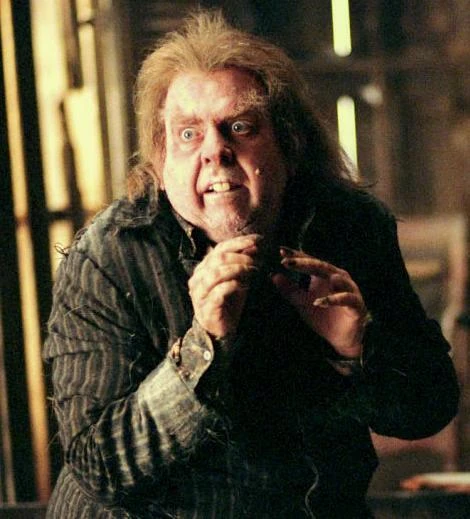For over a dozen years, I’ve been looking for a good book about video games. For such an influential media, it’s surprising that there are very few books that dive into this topic that are seriously good. When I heard about Console Wars, I knew I had to check it out and I finally did this summer.
Console Wars focuses on one of the most exciting years in video game history, namely, the war between the Sega Genesis and the Super Nintendo. And rather than being a standard nonfiction book (dry and full of references and quotes), author Blake Harris crafts a novel that’s more story than essay yet does not lose the flavor of reality. His book throws you into the early nineties and drops you into the heated moments and settings that shaped the era of videogames. The author’s love and enthusiasm for video games really comes through in this novel and as such, I had a hard time putting this book down.
One of the first things you’ll notice about Console Wars is how big it is. This book is dense but thankfully, does not overload the reader. Even though I knew a lot about video game history, mainly thanks to the internet, before reading this novel, I was surprised at just how little I actually knew, and that was great!
Some of my favorite moments in the book are those that seem like they’re straight out of a movie. I particularly liked the scene involving the recording of the infamous “SEGA!” scream used in commercials. Then there’s the part where the Sega employees were inspired to do a worldwide release of Sonic and Tails on Sonic 2sday. It’s moments like these that really help the book come together nicely.
Now truthfully, this doesn’t mean Console Wars is perfect. There are some problems I have which fortunately didn’t dampen my love for this book. One of which was the many characters. Although the photo section was helpful, I wish there was a simple group shot of the Sega team as I kept losing track of who was who. The biggest problem I had however was one of the big conflicts in the book; the Sega of America vs. Sega of Japan conflict was mainly from the Sega of America point of view. This, unfortunately, paints Sega of Japan as mean, subversive, and unpredictable. I wish we got more scenes from their point of view to understand exactly why there was so conflict between the two. Same thing can be applied to Nintendo as well. Nintendo in this book was like the antagonist in an action movie; we would get scenes of them every now and then and peek into their diabolical plans for their plucky foe. I wish we could see more of them to really help us understand what they were thinking.
But the thing is, that’s not really the point of the book, the point of the book is how Sega, through Tom Kalinske, president and CEO of Sega of America, was able to bring Nintendo to its knees and really shape the video game market. As such, “Console Wars” as a title is a bit off and perhaps a better title would be “the Rise and Fall of Sega” (but then it wouldn’t be catchy).
On another note, I’m pretty sure Blake Harris is a fan of the Angry Video Game Nerd. There are several spots in this book that seem a lot like what AVGN has said before. The casual reference to the porno Atari game, Custer’s Revenge, was too on the nose as nobody knew about this game until after AVGN did an episode on it. Even more obvious was the reference to LJN’s bad video games, I mean, that’s one of AVGN’s gimmicks! He hates LJN games! But I love it and I find it funny to think that Blake is a fan of the Nerd.
I was sad when the novel eventually finished as I would have liked to see the battle between the N64, Playstation, and eventually the Sega Saturn. However, part of me is glad that Blake did not talk about that. This is the story of Tom Kalinske and how he turned Sega from a joke to a star. That era of video games was not under his jurisdiction. As such, Blake Harris should seriously consider writing another novel on video games (whether it be nonfiction or fiction) as his love for the material is fantastic. Perhaps a book about Nintendo’s comeback via the Wii? Or on the Atari era and why it eventually collapsed? Or even why the Playstation 2 was such a huge success? All of these are great topics.
And yet, nothing can ever hold a candle to the Console Wars of the early 90s. So much was happening at that time that it almost seems unreal. New video game franchises were born, records were broken, the media boundaries were pushed, and deep rivalries formed. I doubt there will ever be a time just like the early 90s for video games.
As for me, I’m glad I was finally able to read a book about video games. Thank you Blake, you kept me up late many times.






























